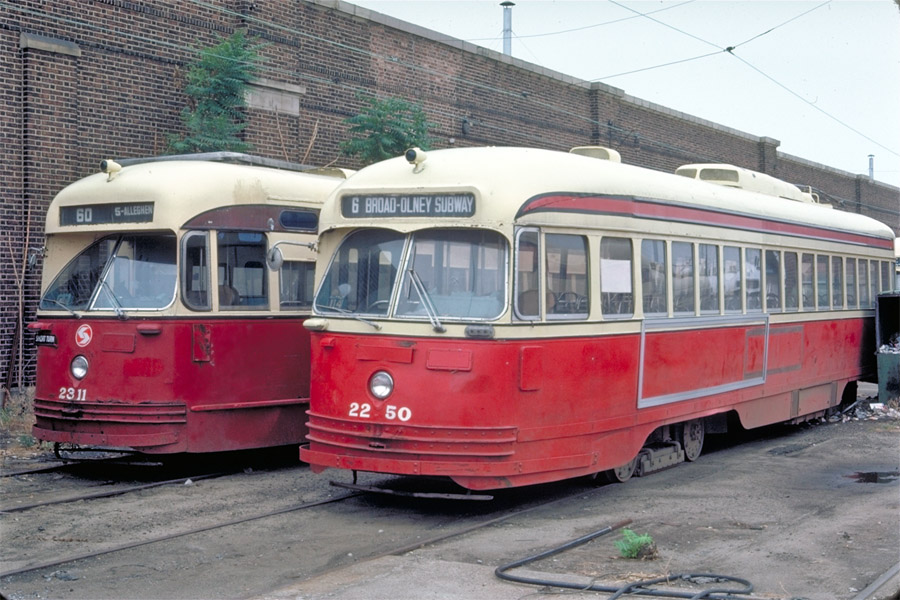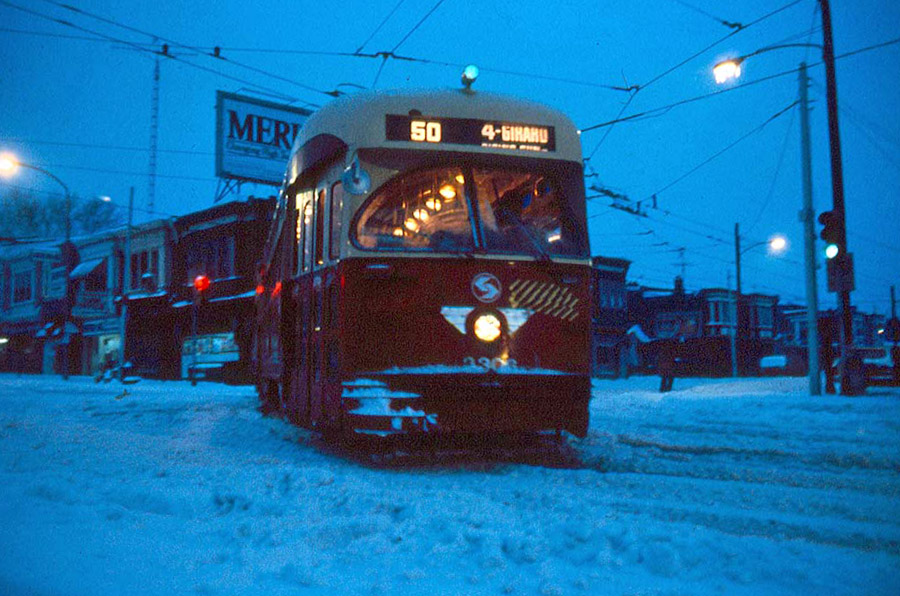LFX-300, North America’s First Low-Floor, Electro-Hybrid Streetcar, Arrives in U.S.
Kinkisharyo International, L.L.C. announced the prototype of its LFX-300, a 100 percent low-floor, electro-hybrid streetcar specifically designed for North America, has arrived at the Charlotte Area Transit System (CATS) in Charlotte, N.C. today. The first streetcar of its kind in North America, the LFX-300 will now be tested by Kinkisharyo’s engineers on the CATS light rail line, leading up to the official public unveiling of the LFX-300 on January 21, 2011 in Charlotte.
“We are grateful that the City of Charlotte and the Charlotte Area Transit System has extended the courtesy to host the North American unveiling of our LFX-300,†said Rainer Hombach, vice president and general manager of KinkisharyoInternational. “This is a very exciting time to introduce a 100 percent low floor, electro-hybrid streetcar, particularly in cities that value sustainability and community development. From coast to coast, municipalities are quickly realizing the many benefits of the LFX-300, including lower overall life cycle costs, lower energy usage and emissions, greater access and comfort for all riders, and an unparalleled ability to preserve sensitive and historic areas by operating streetcars without overhead catenary wire,†Hombach added.
The LFX-300 is a hybrid vehicle in that it is propelled by either overhead electric catenary or on-board battery power. In battery powered mode, it uses electricity stored from regenerative braking and by charging the batteries while running on catenary, minimizing total power consumption. As an electro-hybrid vehicle, it does not emit fumes that contribute to smog and greenhouse gasses. The LFX-300 has been specifically designed for North America and is compliant with the Americans with Disabilities Act, Buy America and NFPA-130. “KINKISHARYO is the number one supplier of low-floor, light-rail vehicles in North America,†Hombach said. “We are confident transportation officials and riders alike will enjoy the value and benefits of the LFX-300’s low-floor, energy-efficient design engineered for tomorrow’s sustainable cities,†Hombach added.
KINKISHARYO has been delivering urban transit solutions in the United States for nearly three decades. Its custom-engineered, light rail vehicles can be seen in many metropolitan centers, including Seattle, Washington; Phoenix, Arizona; Jersey City, New Jersey; San Jose, California; Dallas, Texas; and Boston, Massachusetts. KINKISHARYO’s parent company, The Kinki Sharyo Co. Ltd., and its affiliates, have been delivering rail solutions around the globe since 1920, including recently announced rail projects in Cairo, Egypt and in Dubai, United Arab Emirates.







